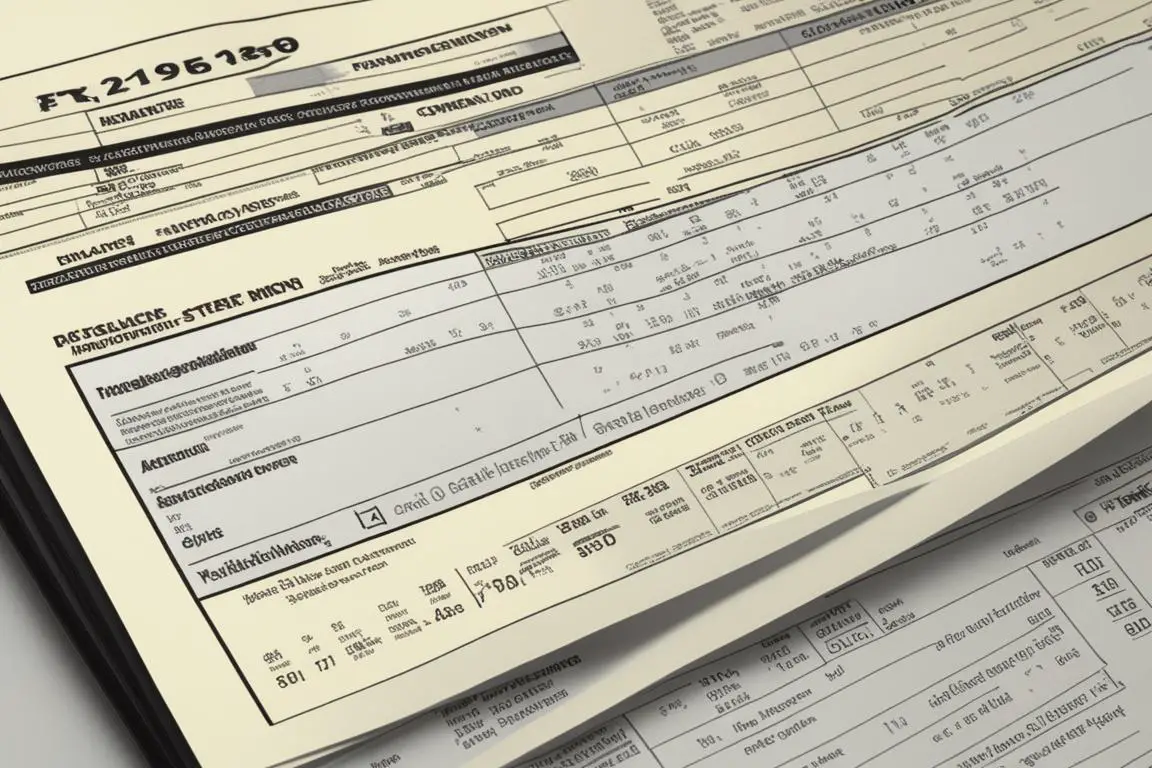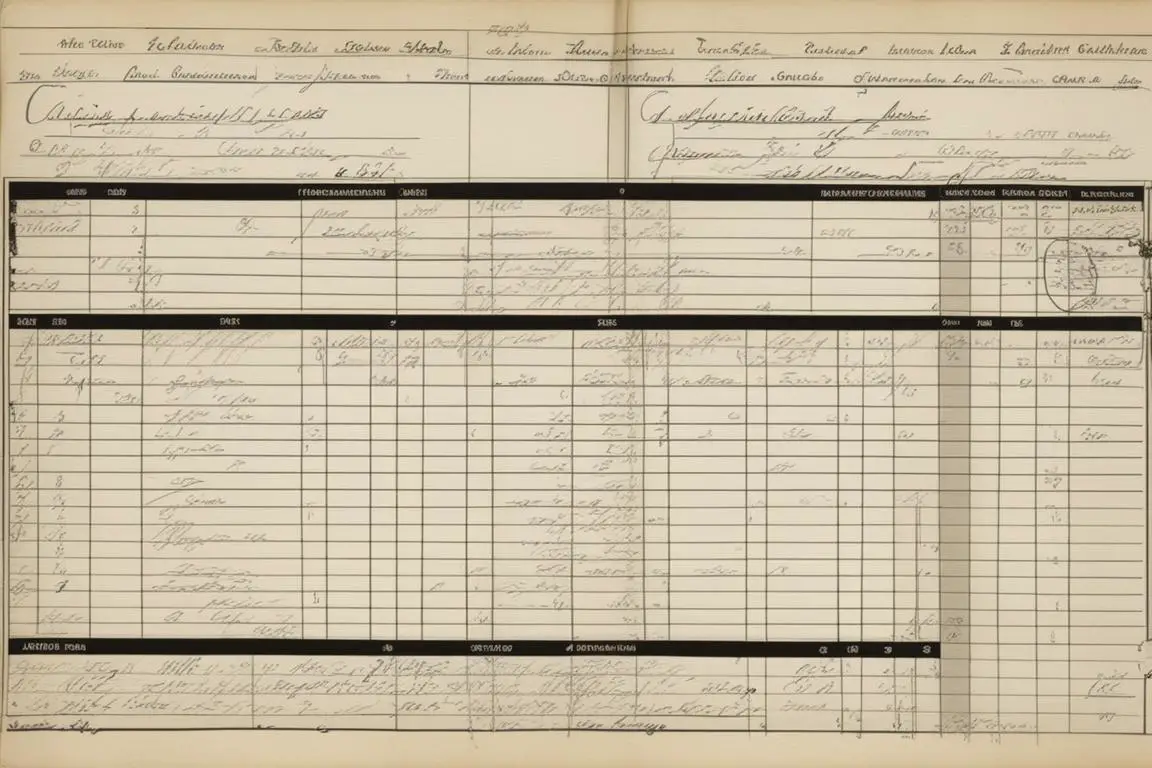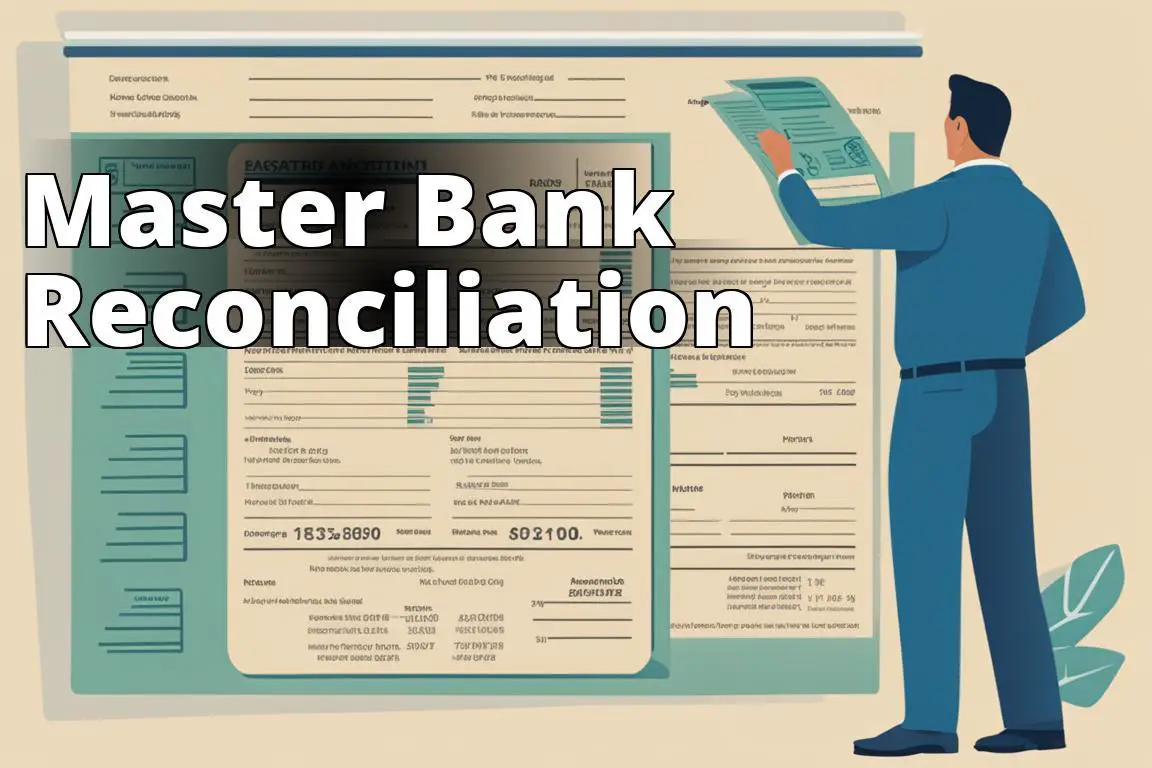Reconciling bank statements is not merely a task; it’s a financial rite of passage that separates the meticulous from the haphazard, the informed from the ignorant. Many approach it with trepidation, but I say, embrace it with fervor. It’s the financial world’s equivalent of panning for gold diligently sifting through the silt of transactions to find the nuggets of discrepancies that, once resolved, leave you with the shiny gold of accurate financial records.
Learn about Reconciling Bank Statements
By reading this article, you will learn what bank reconciliation is and why it’s important, steps to reconcile a bank statement, including comparing, adjusting, and balancing, and what to do if your bank reconciliation doesn’t balance. You’ll also become an expert in how often you should reconcile your bank statement.
What Is Bank Reconciliation?
Let’s demystify bank reconciliation. It’s not an arcane ritual but a straightforward process of matching the balance on your bank statement with the corresponding amount in your own accounting records. The goal is to ensure that your financial recordsbe they for personal finance or a bustling business ledgerare in lockstep with your bank’s records.
Why Is Bank Reconciliation Important?
Bank reconciliation is a critical financial habit, as essential as flossing is to dental health. It’s not just about catching errors; it’s about the financial integrity of your accounts. Missed transactions, fraudulent activity, or just plain human error can lead to discrepancies that, left unchecked, can grow from benign to financially malignant.
I recall a client from my days as an accountant, who had neglected their reconciliation for months, believing their finances to be in excellent health. When we finally combed through the statements, we found a small, recurring error that had compounded into a significant financial headache. It was a painful lesson in the importance of regular financial check-ups.
How to Reconcile a Bank Statement
Now, let’s roll up our sleeves and dive into the nitty-gritty of reconciling bank statements. I will guide you through this process with the precision of a seasoned accountant and the clarity of a teacher passionate about demystifying financial tasks.
1. Compare the Bank Statement to Your Records
First things first: gather your toolsa bank statement, your ledger or accounting software, a highlighter, and perhaps a strong cup of coffee. Begin by comparing the ending balance of your statement to your records. Check off each transaction that matches, highlighting any discrepancies. Remember, even a cent’s difference demands scrutiny.
Insider Tip: Approach this step with the meticulousness of an art restorer, where every detail matters.

2. Adjust the Bank Statement Balance
Now, scrutinize the bank statement for transactions not yet recorded in your books. This could include bank fees, interest earned, or automatic withdrawals. Adjust your bank statement balance accordingly, ensuring you account for every penny that has entered or exited your bank account.
I once worked with a non-profit that had overlooked a small monthly bank fee. Over time, this seemingly insignificant oversight had thrown their budget predictions off course. It’s a stark reminder that when it comes to finances, there’s no such thing as ‘too small to matter’.
3. Adjust Your Records
Turn your attention to your own records. Add any transactions that are missingperhaps a check you wrote that hasn’t been cashed yet, or a direct deposit that’s still in transit. Every transaction counts towards achieving a true balance.
Insider Tip: Keep a keen eye on pending transactions; they can be the tricksters in this financial balancing act.

4. Compare the Adjusted Balances
With both sets of records adjusted, it’s time to compare the balances again. If they match, congratulationsyou have successfully reconciled your bank statement. If not, it’s time to play financial detective. Track down the discrepancies, however small, and rectify them. This step is crucial for maintaining the integrity of your financial records.
What to Do If Your Bank Reconciliation Doesnt Balance
If your reconciliation is off-kilter, don’t despair. Review every step for possible mistakes. Examine cancelled checks for any that haven’t been processed and double-check your entries for typos. Persistence is key; with patience, you will find the error.
In my experience, the most elusive errors are often the simplest: a transposed number, a forgotten decimal point, or a missed transaction. During one memorable reconciliation, I discovered that a client had been double-charged for a servicea mistake we only caught because of our tenacity in the reconciliation process.
Real-life Bank Reconciliation Case Study
I recently had an experience that highlighted the importance of bank reconciliation. My friend Sarah, who runs a small business, discovered a significant discrepancy between her bank statement and her internal records. After following the steps to reconcile her bank statement, she found that a client’s check had been recorded incorrectly in her books, leading to the imbalance.
The Importance of Accuracy in Records
This case study emphasizes the importance of accuracy in maintaining financial records. Had Sarah not reconciled her bank statement regularly, this error may have gone unnoticed, potentially causing larger issues down the line.
This real-life example illustrates the impact of bank reconciliation on ensuring the accuracy of financial records and the importance of promptly addressing any discrepancies.
How Often Should You Reconcile Your Bank Statement?
Frequency is your ally in the world of bank reconciliation. I advocate for a monthly ritual, aligning with the arrival of your bank statement. This not only keeps your records accurate but also makes each session less daunting.
Let me share a pearl of wisdom: reconciling more often can transform what seems like a chore into a quick, routine check-in. For businesses, especially, this could mean the difference between catching a fraudulent transaction early or letting it slip through the cracks.
The Bottom Line
Reconciling bank statements is an art form, where attention to detail and regular practice lead to mastery. It’s an essential process that affords peace of mind and financial clarity. Approach it not as a mundane task but as a cornerstone of fiscal responsibility.
Remember, your bank statement tells a storythe narrative of your financial journey. Keep it accurate, keep it honest, and you’ll navigate the waters of your financial life with confidence and control.
FAQ
Who should reconcile bank statements?
Reconciling bank statements should be done by the company’s accountant or financial officer.
What is the purpose of reconciling bank statements?
Reconciling bank statements ensures that the company’s records match the bank’s records, identifying any discrepancies.
How do you reconcile bank statements?
To reconcile bank statements, compare the company’s records with the bank’s records, noting any differences and adjusting accordingly.
Why is reconciling bank statements important?
Reconciling bank statements is important to detect errors, prevent fraud, and ensure accurate financial records.
What if there are discrepancies in bank statements?
If there are discrepancies in bank statements, investigate and correct any errors, such as missing transactions or bank errors.
How often should bank statements be reconciled?
Bank statements should be reconciled monthly to ensure accuracy and detect any discrepancies in a timely manner.



